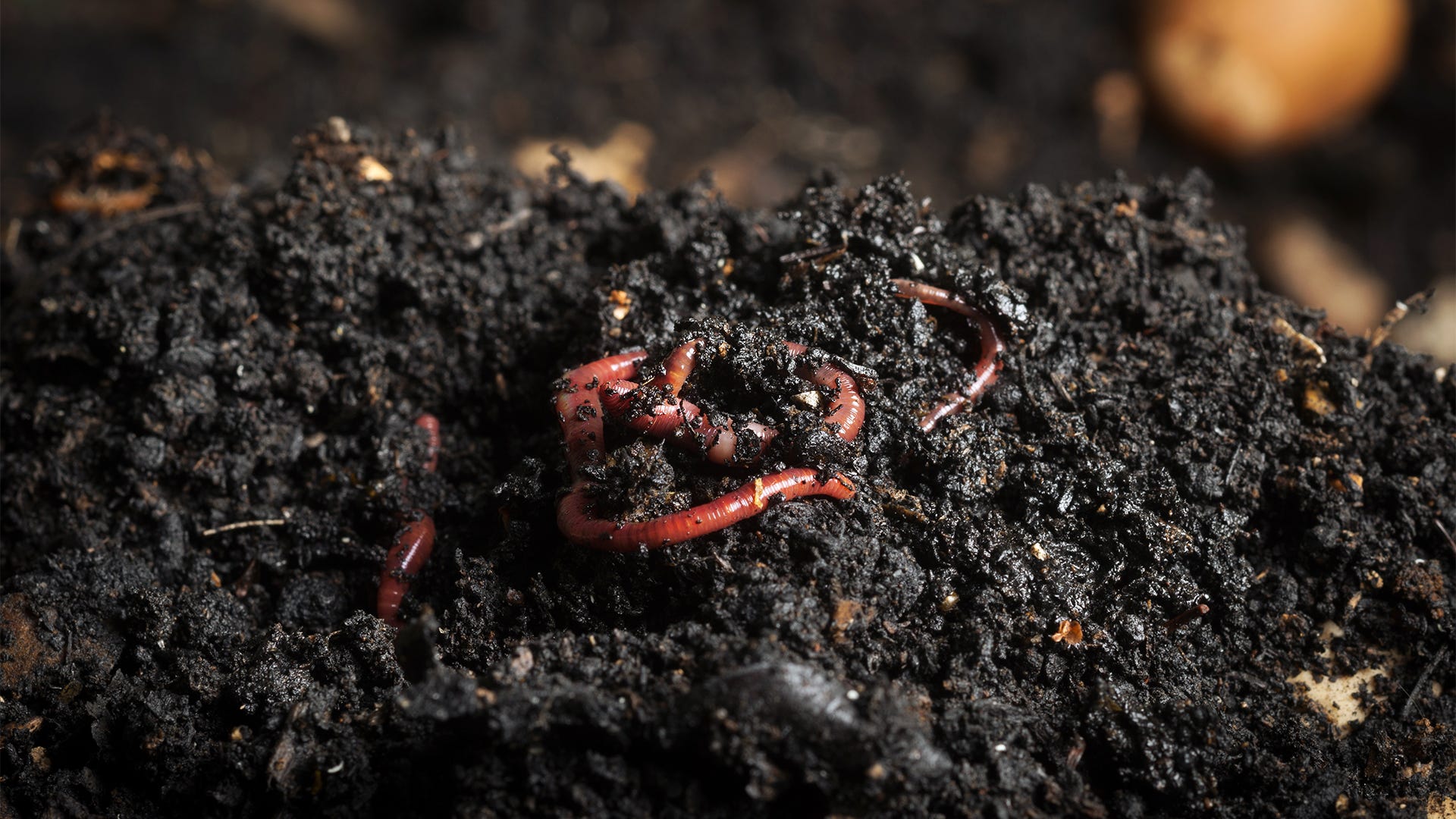Change Your Yard With Red Wigglers: Idea
Red wigglers are not simply an inquisitiveness for compost fanatics; they are pivotal agents of change for any type of garden. By establishing a fundamental worm bin and comprehending the nutritional requirements of these remarkable creatures, gardeners can significantly boost dirt high quality and plant health. The procedure of transforming natural waste into rich, abundant spreadings is both simple and satisfying. Nevertheless, the real capacity of red wigglers surpasses plain composting. Exploring the subtleties of their treatment and the diverse applications of their byproducts can unlock also better benefits for your gardening endeavors.

Advantages of Red Wigglers
Red wigglers, clinically known as Eisenia fetida, are usually hailed as nature's composting champions. These exceptional worms serve numerous vital advantages that can considerably boost garden wellness and efficiency.

One more noteworthy benefit of red wigglers is their capability to reduce waste. By composting natural materials that would or else add to land fill waste, they play an important duty in sustainable horticulture methods. Incorporating these worms into your horticulture regimen can lead to enhanced returns, healthier plants, and a much more vibrant yard setting, making them important allies for gardeners looking for to improve their environmental footprint.
Establishing a Worm Container
Developing a worm bin is a vital step for any person seeking to harness the advantages of red wigglers in their horticulture efforts. An ideal worm container can be made from various materials, consisting of plastic containers, wooden dog crates, or readily available worm bins. The initial consideration is size; a container that goes to the very least 2 feet broad, 3 feet long, and 1 foot deep is normally ideal for a tiny to tool number of worms.
It's important to create a bedding layer, using materials such as shredded newspaper, cardboard, or coconut coir to offer a comfy setting for the worms. The bed linen needs to be wet however not soaked, resembling a damp sponge - red worms.
Location the container in a place that keeps a constant temperature level, ideally in between 55 ° F and 77 ° F. Avoid straight sunshine or extreme cold, as these conditions can hurt the worms. When the bin is established up, allow the bed linen to go for a few days before presenting the red wigglers, ensuring they have a growing atmosphere in which to grow.
Feeding Your Red Wigglers
As soon as the worm container is established and the red wigglers are introduced, correct feeding comes to be crucial to preserving a healthy worm populace. Red wigglers grow on a varied diet, mostly containing kitchen area scraps and natural materials. Suitable foods include veggie peels, fruit scraps, coffee grounds, and smashed eggshells. It is critical to stay clear of feeding them meat, dairy products, or oily foods, as these can create unpleasant smells and draw in pests.
When introducing food, slice the scraps right into smaller sized pieces to assist in quicker intake. Additionally, hide the food beneath a layer of bed linen product to stop fruit flies and various other hassles. Monitor the feeding regularity; a general policy is to give food every 1-2 weeks, depending on the variety of worms and the quantity of food waste generated.

Harvesting Worm Castings
How can you inform when it's time to collect worm castings from your container? The preparedness of worm spreadings is shown by a couple of key indications. First, the material in the bin need to show up dark, crumbly, and rich in structure, resembling a great dirt. Additionally, the initial food scraps need to be considerably damaged down or virtually unrecognizable, suggesting that the worms have actually effectively processed them.
An additional indication is the reduction in worm task; as the spreadings collect, worms have a tendency to migrate towards fresher food sources. If you notice a decrease in worm motion and the existence of castings at the bottom of the container, it's a clear signal that harvesting schedules.
To collect, delicately scoop out the spreadings, making sure to minimize disruption to the worms. A popular method involves separating the castings using light; worms tend to burrow away from the light, enabling you to collect the spreadings a lot more quickly.
Harvesting consistently, about every 3 to 6 months, makes certain a continual supply of this nutrient-rich amendment for your horticulture undertakings. Bear in mind, the top quality of your spreadings directly affects the health of your plants.
Using Castings in Your Yard
(red wiggler fishing worms)Using worm spreadings in your yard can considerably improve dirt wellness and plant growth - red worms. These nutrient-rich organic fertilizers supply necessary macro and trace elements, enhancing the overall fertility of your soil. By incorporating worm spreadings right into your garden beds, you can promote beneficial microbial task, which assists in nutrition accessibility and boosts dirt framework
To utilize worm spreadings efficiently, mix them into the top couple of inches of soil prior to planting. You can develop a nutrient-dense liquid plant food by steeping worm castings in water for a week, then using the resulting "worm tea" directly to your plants.
Worm spreadings also improve dampness retention within the soil, decreasing the demand for constant watering. Routinely including worm spreadings into your gardening routine can lead to durable plant development, enhanced yields, and a general healthier yard community.
Conclusion
By establishing a worm container, giving proper food, see this page and regularly gathering nutrient-rich spreadings, garden enthusiasts can foster a sustainable environment. The usage of worm spreadings and "worm tea" better contributes to moisture retention and nutrient availability in the soil.